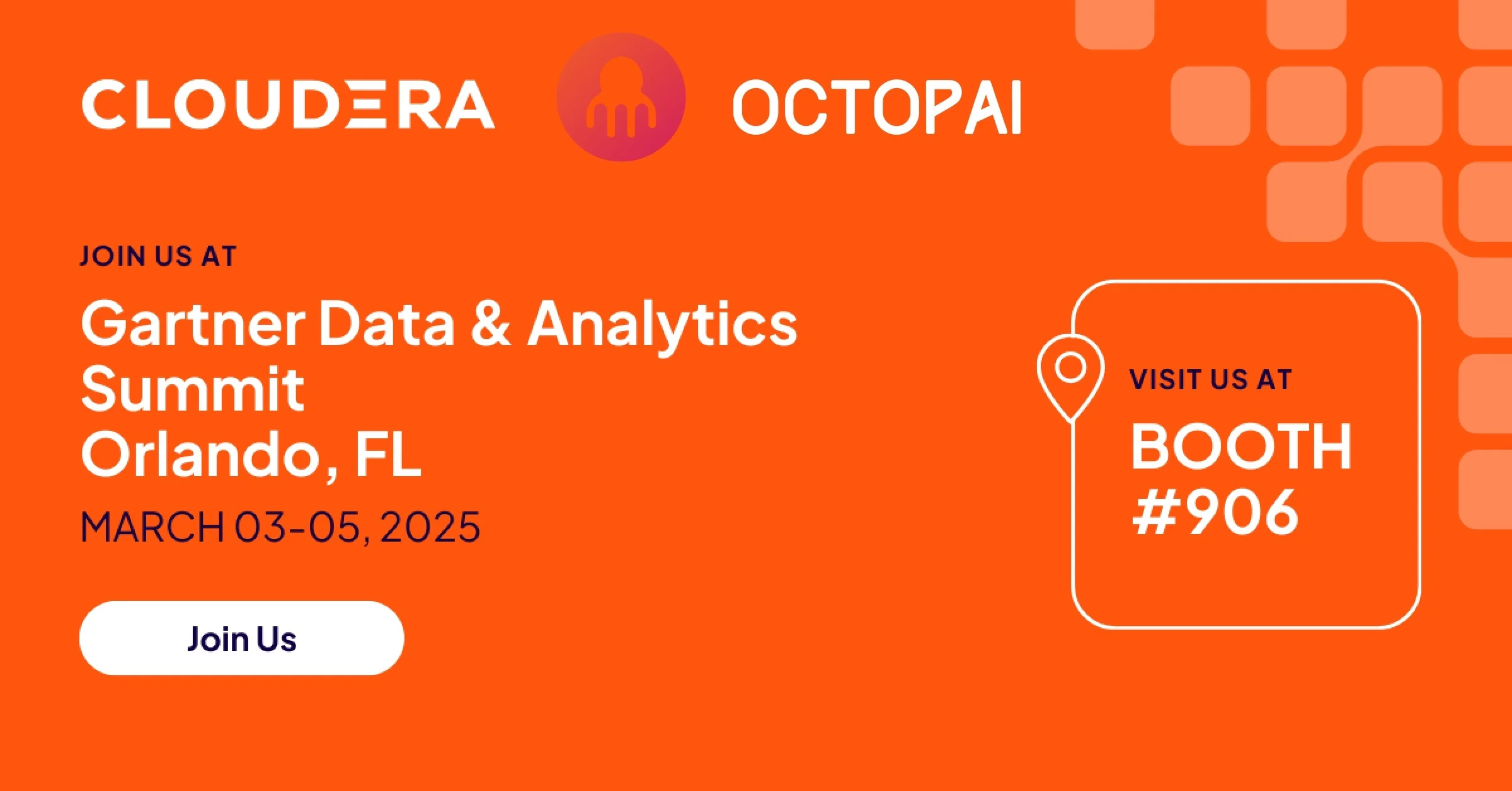In the entire history of business, dealing with data has never been easier thanks to advances in computer processing, storage, and networking.
Things to consider for Data Compliance:
– Acquisition: What was at one time a painstaking manual process of transcribing handwritten information from comment cards, surveys, contest entries, and more has become almost fully automated. Web site visitors and those who conduct web searches leave tons of useful information, often without realizing it.
– Storage: Data storage has become exponentially denser and cheaper over the years, and with cloud storage, companies don’t even need to invest in or maintain their own storage hardware.
– Processing: Here, too, cloud computing provides affordable, scalable computing power for the most demanding data processing tasks.
– Analysis and reporting: From the easy-to-use graphing and pivot tools in spreadsheet applications to high-powered BI analysis tools, data analysis and reporting no longer require intensive programming, and is available to all levels of business users.
These advances do have a dark side, though. For example, it has never been easier to create useless or misleading reports.
More important, it has never been easier to lose track of important, sensitive data. It has never been easier to misuse data. And it has never been easier to get in big trouble for these failures (hello British Airways’ $230 million GDPR fine).
Compliance Is Here to Stay
It was once an academic or philosophical question: Who owns the data on your computer systems? Specifically, who owns personally identifying information (PII) or sensitive personal data?
The question is academic no more. Around the world, governments are passing laws that define who owns what data. The basic message is that not all data that comes into your possession is yours to do with as you please.
These laws have impacts far beyond their governments’ geographical boundaries. If you want to do business with customers in California, Europe, or just about anywhere else, you are subject to laws that define how you can acquire and use data, under what circumstances you must delete it, and penalties for noncompliance—even if your business has no physical presence in those places.
These laws aren’t going away, and traditional manual controls are not up to the task of complying with them.
The Solution: Data Governance Tools
Enterprise data governance is no longer an option or “nice-to-have.” The policies, procedures, and controls around how data is acquired, how it is stored and secured, who can access it and for what purposes, how and when it is disposed of, and how all of this is tracked and monitored are essential tools in this age of increasingly stringent compliance requirements.
The key to a successful data governance program is a solid, reliable, automated data governance solution.
Learn more about the role metadata management automation plays in improving the success of Data Governance. Check out the webinar here.
Because enterprises have so much data to deal with, and given the speed with which new data is acquired, you can’t leave data governance to manual processes anymore. Something is bound to slip through the cracks, and PII is liable to end up on a nonsecure storage appliance or web server.
Data governance solutions for data compliance solve this problem by tracking metadata. All new data sources, and changes to existing data sources, are automatically examined to collect and classify the metadata. Data that appears to contain PII, or to have other characteristics that pose a compliance risk, can be flagged for review by the data governance team.
Metadata data governance also simplifies compliance efforts in audit situations. When an auditor asks for evidence that PII is appropriately secured and segregated from nonsensitive or de-identified data, the automated data governance tool can show where the PII is within your data environment, reducing the scope of the audit to a manageable size and making it easier to demonstrate compliance with security rules.
Comply or Fail
Without a data governance program, your data environment is likely a mess. Automated data governance tools can straighten out the mess and bring order to the chaos—not just initially, but on an ongoing basis. Such a solution will pay for itself many times over, in both the compliance effort and avoided penalties. The time to invest is now—before compliance officials come knocking.
Check out our use cases to learn how Octopai’s Automated Metadata Management can turn compliance headaches into a walk in the park.





